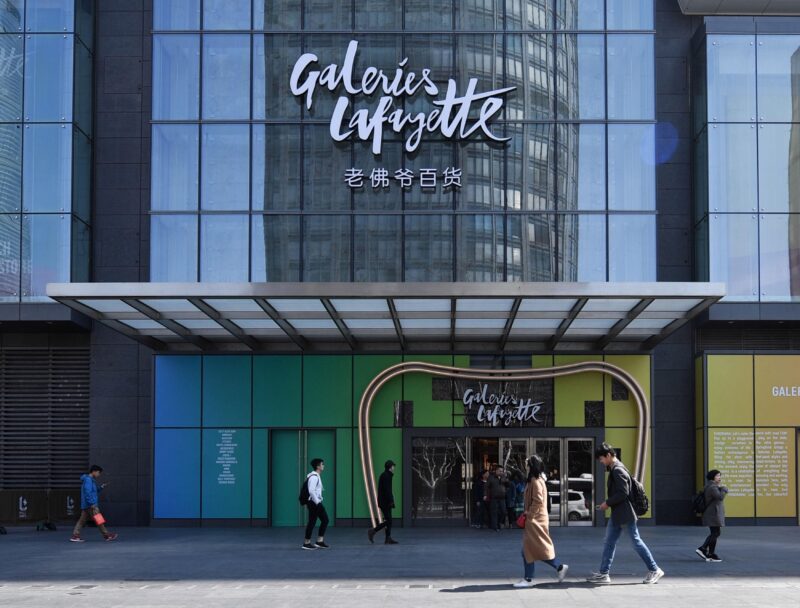The Chinese travel app Fliggy (owned by Alibaba) has drawn attention for its AI-created posters, which were first spotted lining subway walls in Shanghai and Hangzhou on April 10.
The campaign artwork comprises AI-generated fantastical reimaginings of tourist hotspots. The twelve unique posters feature international and domestic locations alike, from humanoid polar bears relaxing in Iceland’s Blue Lagoon to a Studio Ghibli-esque flying town in Zhangjiajie. The caption on the posters reads “This is a journey to Iceland’s Blue Lagoon as imagined by AI – with Fliggy, it’s even cooler than imagined”.
Coming just days after the Cyberspace Administration suggested regulating AI products, the adverts hit a nerve among those worried about the long-term impacts of AI. Fliggy appears keen to tap into the controversial nature of AI marketing, creating a hashtag on the microblogging site Weibo “Fliggy AI advertising arouses heated debate”, which has garnered 150 million views as of April 13.
The top posts under the hashtag were from KOLs in advertising and technology, who offered detailed takes on whether AI will replace humans in advertising. One KOL with over 2 million follows argued that despite its stunning creativity, AI will not be able to replicate the emotional resonance important in advertising as it itself lacks emotion. Some netizens were more despairing, saying AI will naturally replace intellectual labour, whereas physical labour will be more secure.
According to the 2022 AI Marketing White Paper, 44% of advertisers believe AI art will surpass other formats that previously defined digital marketing, including short videos and livestreams. However, the creative team behind Fliggy’s AI posters envision this kind of work as a collaboration between humans and AI:
“Advertising is about a brand communicating with people, which requires deep insight into the emotional experiences of consumers in the process of creative planning and execution. AI is still largely influenced and controlled by human input.”









